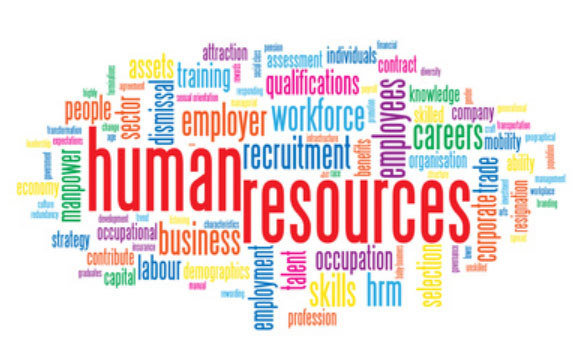
COMMENT | TETTEH AYITEVIE | Human resources is no longer just a support system for your businesses and organisations. It is a key driver of growth and competitiveness. High performing organisations are profoundly aware of the critical role human resources plays in activating their overall success and continuously reimagine new ways to leverage its full potential.
Through its various functions such as building a positive workplace culture, attracting, and retaining top talent, managing, and mitigating risk, driving business strategy, and improving organizational performance; HR is rewiring itself to ensure it is at the forefront of organizational transformation by adopting agile practices.
Findings from the 2021 Prudential Best HR Practices survey showed that for organizations to thrive, they need to access their people’s full potential and develop and execute new, dynamic strategies. Employees are most committed to their organization when they believe in the business and operate in a high-commitment work environment.
A strategy that is clearly communicated and linked to purpose will help employees connect their day-to-day efforts with the aspiration of the organisation.
While business leaders prioritize the commercial value of purpose, employees see purpose as a way to bring meaning to their work and understand the contributions they are making to the company, as well as society. It is important that employees find this meaning in their daily work to be fully engaged. Unfortunately, few business leaders guide HRs and managers to have conversations with their teams about why their works matters and how it contributes to the growth of the business.
A well-tailored approach encompassing best HR practices as per employees’ needs not only keeps employees engaged and satisfied, but also helps them understand how they individually contribute to overall growth of the business.
Here are some best HR practices that will enhance employee performance and contribute to company growth;
Leadership Alignment and Involvement
Employees want and need more support and inspiration from their leaders. It’s easy for an employee to feel lost and become disengaged when they don’t understand where they fit in the organisation. Investing in your employee development creates opportunities for employees to feel excited about learning and growing. First, individuals need to have a deep understanding of their own purpose and goals before they are motivated to execute the company’s mission, vision, and values more effectively and quickly.
Collaboration and Communication
Our survey shows that 49% of employees work in a highly collaborative environment and have freedom of expression, end to end feedback process in the workplace amongst other things. Collaboration and communication are the bedrock of any high-performing organization. Through listening to and learning from team members, you can help each other reach your goals. It’s inevitable that at some point managers must discuss difficult topics with employees. However, it is important to get employees comfortable with being part of the solution. And when challenges occur, leaders must handle that, too, with transparency and humanity—not only of those directly concerned but because anxiety affects performance.
Reward and Recognition
In this new world where people are motivated to work for companies that are purpose-led, yet facing a future that is less defined, organizations still need to ensure that their reward and performance framework supports this and remains aligned to strategy. It is therefore critical for organizations to take a fresh look at their total reward and performance strategy to ensure it aligns with any new and evolving workforce strategies.
Diversity and Inclusion
As employees, customers, and investors increasingly demand that the organizations they do business with model values of equity and inclusion, organizations are investing at unprecedented rates in diversity and inclusion programmes. In doing so, they hope to not only drive higher engagement with these stakeholders but enhance financial performance and enable innovation. All organizations have subcultures and business leaders need to be attuned to behaviors ‘on the ground’ that are causing employees to feel that their environment is not inclusive.
Learning and Development
The world of workplace learning is always changing. Leaders know employees will need new skills to help their organization’s flourish into the future. Despite the cost of training employees, the return on investment is endless if training is consistent. It is important that businesses invest in systems that maintain an inventory of current skills and support gaps in future skills. Workforce training has been repeatedly proven to have real benefits for businesses. HR managers must ensure that learning and development aligns with a company’s overall priorities and create a meaningful learning and development strategy that contributes towards the overall organization’s strategy.
The past two years have been a period of problem-solving and adaptability for most people. To return to growth, business leaders will need to understand what employees really want and create policies and plans that allow for more flexibility and personalization.
Employees need to understand as well as be assured that their employers value their views and perceptions and will treat their opinions with dignity and respect. Employee engagement can only be achieved when employees feel a connection with their jobs; how invested employees feel in the success of their work teams impacts the organization more broadly.
******
 Tetteh Ayitevie is the CEO, Prudential Uganda.
Tetteh Ayitevie is the CEO, Prudential Uganda.
 The Independent Uganda: You get the Truth we Pay the Price
The Independent Uganda: You get the Truth we Pay the Price



